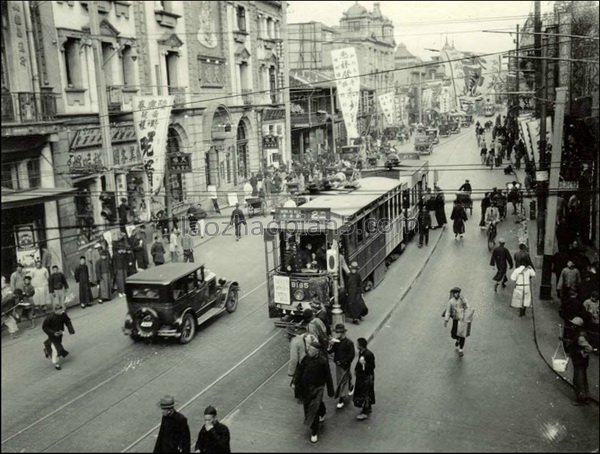[Boju figure portrait mirror]
Boju figure portrait mirror, in the early Eastern Han Dynasty, with a face diameter of 16.5 cm
The mirror is round, with a semicircle button. The button seat is four petals extending outward. The outer ring of the seat is a string pattern and a smooth broadband square bar. There are short lines between the two. The square columns are decorated with “T” shaped patterns, the four corners of which correspond to the “V” shaped patterns on the inner edge of the mirror, and the “L” shaped patterns on the inner edge of the mirror corresponding to the “T” shaped patterns. Because these patterns are like the rules in tools, they are called “rule patterns” in the old custom, while European and American scholars call them “TVL patterns”. In fact, this kind of mirror pattern is transplanted from the six chess sets of the Han Dynasty, and should be called “Bo Ju pattern”. The inscription of the rubbings of the “four gods and the bureau of the museum” found in the National Museum is the most powerful evidence
The mirror is also decorated with figure portraits in the space of the Bo Ju pattern, with thin lines, which form a sharp contrast with the Bo Ju pattern. There are four groups of portraits. Each group of pictures is separated by breast nails, with different contents. The first group of pictures is a picture of tiger hunting. The hunter kneels on the ground with one leg, bows and arrows. A tiger in front has been shot, and is roaring back. One of its front legs is still in the air, and one of its back legs has jumped straight. The author captures the instant details of the tiger jumping after suffering, highlighting the strong dynamic effect. The second group is the picture of the Moon Palace. Chang’e is wearing a long skirt with her hair draped. The skirt belt is flowing back. Her ascent is lifelike. The jade rabbit is holding a pestle behind her. In the middle of the picture is a osmanthus tree with luxuriant branches and leaves. On the right side of the tree, an animal is jumping, and a beautiful long-feathered bird is flying above the animal. The third group of pictures is a fishing picture. The fisherman looks up, his body is straight, his legs are bent, and he is swimming. He holds the rope in front of his hand. The other end of the rope is tied to the tail of three fish. The fish is also decorated with four birds with different postures above and below. According to “The Classic of Mountains and Seas · The Great Wild South Classic”, “someone named Zhang Hong is fishing at sea. There is a country of Zhang Hong on the sea, eating fish and making four birds.” The record is slightly the same as the content of the picture, so the picture may show the story of the country of Zhang Hong. The fourth group is the bird release diagram. The three birds fly side by side. The birds are all tied with rope. The other end of the rope is held in the hands of the bird release. The bird release person leans forward, as if to take off with the bird. It is very ingenious
This mirror is well made and vividly decorated, reflecting the artistic style and technological features of the early portrait mirror in the Eastern Han Dynasty.
![图片[1]-Portrait mirror with bureau pattern-China Archive](https://chinaarchive.net/Eastern Han dynasty/bronzeware/11559[1024].jpg)



![[Qing Dynasty] British female painter—Elizabeth Keith, using woodblock prints to record China from the late Qing Dynasty to the early Republic of China—1915-China Archive](https://chinaarchive.net/wp-content/uploads/2022/11/image-191x300.png)

